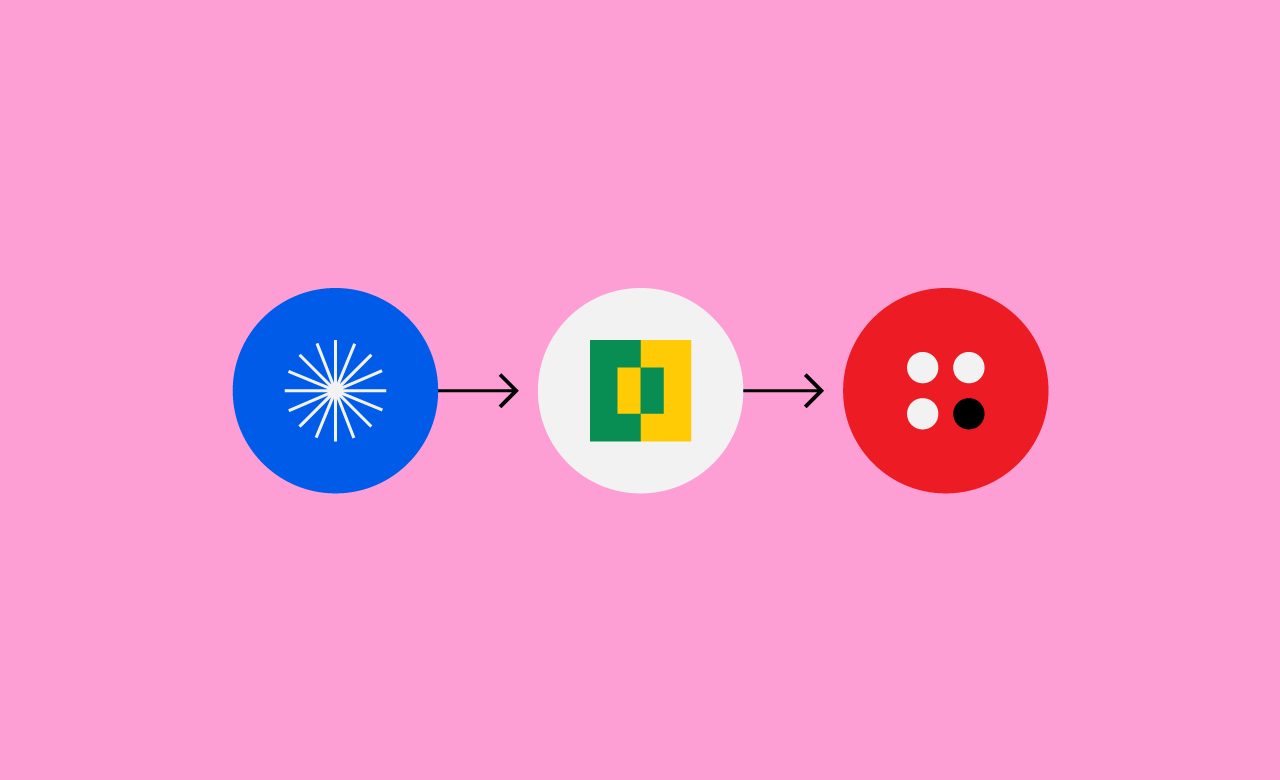Permission Sprawl is Eating Your Budget and Killing Your AI Initiatives. Symphony Fights Back.
From More than 800k At-Risk Files to AI-Ready Infrastructure, New Automated ACL Analysis and Remediation Transforms IT Teams From Firefighters to...
Panzura
Our enterprise data success framework allows enterprises to build extraordinary hybrid cloud file and data systems.
![]()
Platforms
Complementary file and data platforms that deliver complete visibility, control, resilience, and immediacy to organizations worldwide.
Solutions
From data resilience to global file delivery, we solve the toughest and most important data problems facing organizations globally.
Resources
Find insights, news, whitepapers, webinars, and solutions in our resource center.
Company
We bring command and control, resiliency, and immediacy to the world’s unstructured data. We make it visible, safeguard it against damage, and deliver it instantly to people, workloads, and processes, no matter where they are.

Table of Contents

From More than 800k At-Risk Files to AI-Ready Infrastructure, New Automated ACL Analysis and Remediation Transforms IT Teams From Firefighters to...

Symphony 2025.1: Unlocking Data Intelligence with Advanced Metadata Management for AI and Compliance

Cut Energy Consumption, Reduce e-Waste, and Optimize Resources with Intelligent Data Management for a More Responsible Digital Future